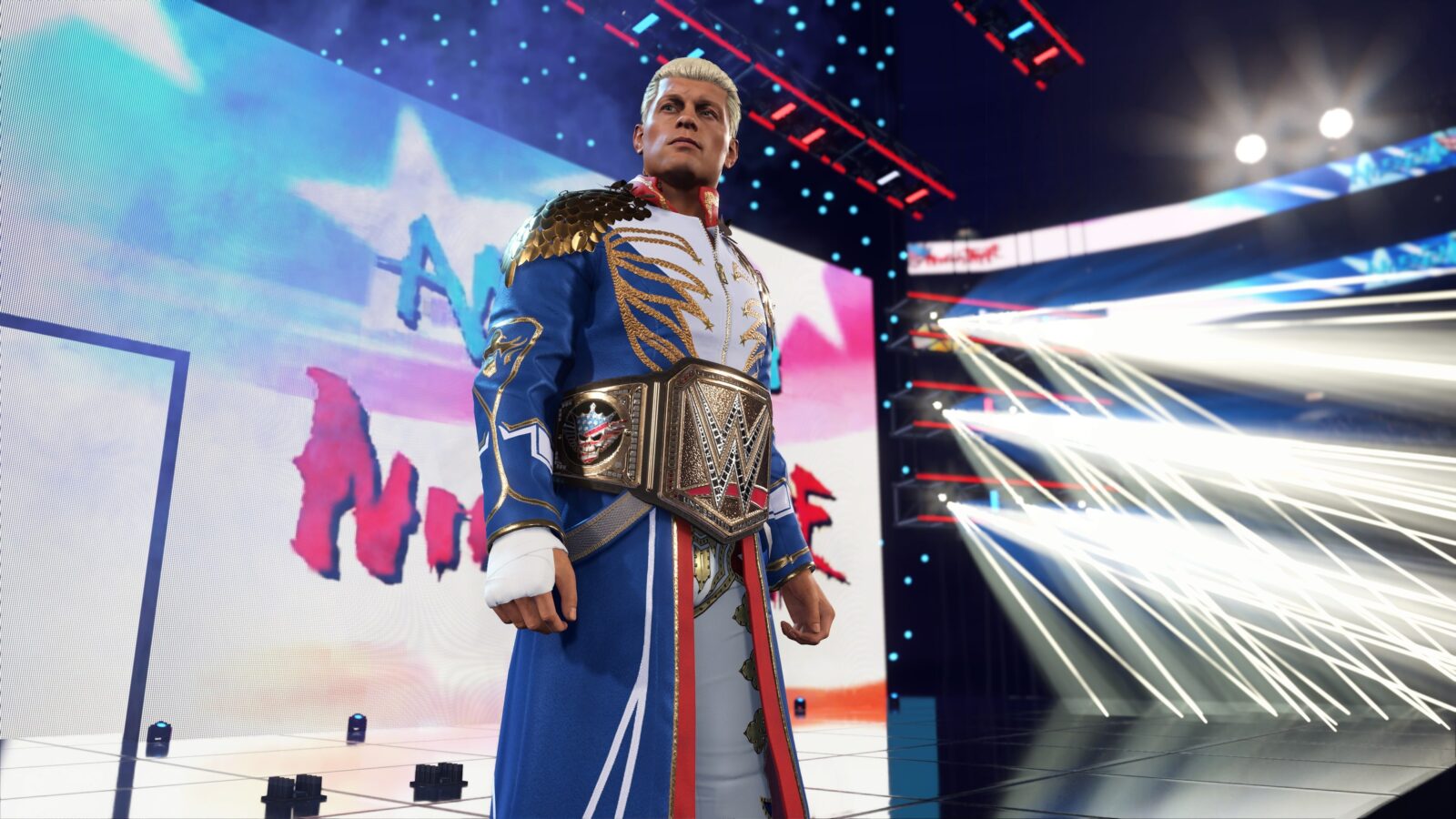
The fans familiar with the NBA 2K franchise know how the game evolved in the last few years. From one of the most engaging and cinematographic “story mode” available in sports videogames, nowadays the basketball franchise is closer to a live-service sports platform. With the release of WWE 2K25, it looks like the wrestling saga will follow a similar road: a social hub with ongoing drops, gated rewards, limited crossplay, and a heavy reliance on their virtual currency.
The live-service blueprint
Over the last few years NBA 2K shifted from a once-and-done package to a rolling service driven by Season. Every six weeks the game refreshes a 40-level reward ladder, while optional Pro Pass and Hall of Fame Pass tiers add premium items, XP boosts, and level skips above the free track. That loop keeps MyCAREER and MyTEAM in constant motion and monetizes the time it takes to climb. WWE 2K25’s counterpart is The Island, a persistent hub where players roam four themed districts (Hero HQ, the Arcade of Tomorrow, the Temple of the Ancestors, and the Deadlands), picking up quests, dueling in PvP arenas, and progressing a shared playlist designed for continual updates.
This alignment is there for a real reason further away from aesthetics. The Island is structured for recurring story content and rotating challenges, with servers supporting up to 50 players at ocean to keep districts lively and cosmetics desirable. This unlocking of visual content that becomes available during the game live-cycle (nowadays, a year, due to the annual release), makes the game feel incomplete when it is released. It’s a big difference from the older games and online Roulette at Lucky Nugget Casino, which had everything unlocked from the get-go.
The 2K economy
Connectivity and economy follow the same template in both sagas. NBA 2K25 supports crossplay only between consoles, with PC excluded, and it offers conveniences like MyTEAM cross-progression and a shared VC wallet within the same console families. WWE 2K25 mirrors that approach; cross-platform play works only within the same generation, Community Creations are segmented by gen pools rather than being universal, and The Island’s progression leans on VC and cosmetic unlocks. Critics and reviewers have already called out time-gating and play-to-win concerns around its microtransactions, something too common in nowadays gaming.
The business context explains the convergence. Take-Two’s recent reports emphasize recurrent consumer spending as a dominant share of revenue, with these two franchises among the largest contributors. Even WWE’s launch cadence echoes basketball’s: Deadman and Bloodline Editions granted a week of early access, the Standard Edition arrived March 14, and a Nintendo Switch 2 version followed a few months later. And the previous version of the saga (2K24) had already normalized a Season Pass with a slate of post-launch character packs, which in 2K25 was more aggressive.
Even though there is a recent push against live-service games, none of this is inherently bad. Developers have found the post-launch unlockable content a way to maintain game modes fresh and communities lively with stories and balance tweaks. But taken together, WWE 2K25’s new-gen hub, segmented crossplay, and reliance on VC signal a deliberate decision to walk the same road NBA 2k paved. Time will tell if Take-Two continues the path they have already walked in, or if the WWE 2K saga will be different from their basketball counterpart.
AdvertisementAdvertisement
Advertisement

 Posted in
Posted in  Tags:
Tags: 